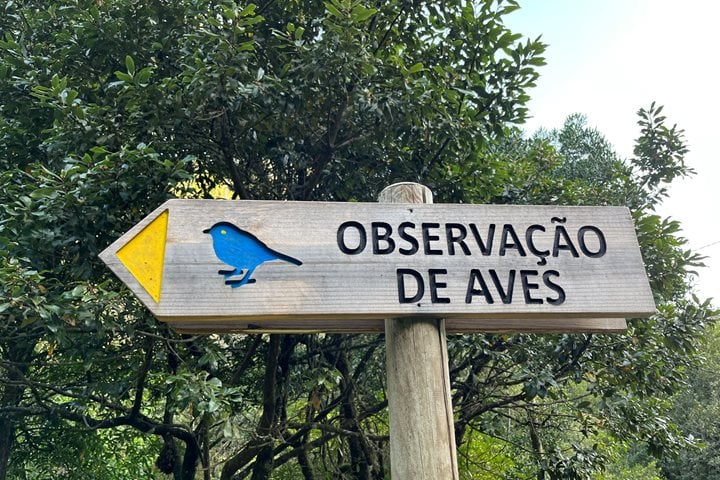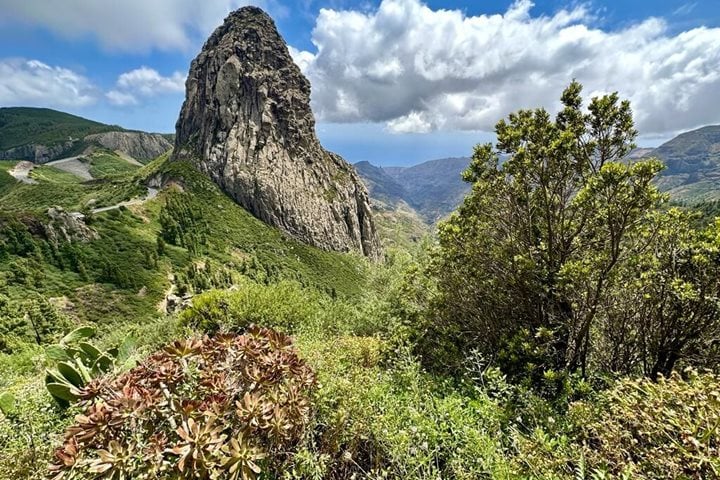As National Geographic Explorer migrates ever northwards it unavoidably enters the tropics. Her A1 ice-rated hull and reinforced bulbous bow slice through the clear warm waters with gleeful ease. Weather conditions are so calm that when flying fish dart out of our course and into the air they double in number over the mirrored surface. Pectoral fins lock into place as these piscine marvels leave their liquid plane for prolonged glides, an ability that would confound any marine predator. This disruption of the glassy calm attracts hunters from above, as brown and masked boobies take full advantage of their prey being flushed into view by the ship. These birds are plunge divers, their torpedo-shaped bodies allow them to enter the water in a display of aerial acrobatics that comes close to grace, but just misses the mark. While many of these feathered followers also miss their intended target, they recover quickly and return to hover above the bridge, waiting for the next school to reveal themselves.
With no land in sight we travel to distant lands in our minds, in books, listening to lectures, transporting ourselves through time as we learn about things that happened long ago and yet shaped the very world we live in now. An aura of immutable tranquility encompasses us, whether appreciating the sun on deck, or curling up in a comfy cabin for a siesta, one’s worries simply seem altogether nonexistent, or at least unimportant. To do lists are lain aside in favor of watching clouds and the bartender convivially reminds us that it is five o’clock somewhere. After the frenzy of activity that a polar season brings this represents the other end of the spectrum. One wonders if given the choice, might a sentient vessel prefer to stay in these waters, might those aboard agree? But we press on northwards all the same, because it’s not really a migration if you stop halfway…



.jpg?width=106&height=85&mode=crop&scale=both&quality=50)



